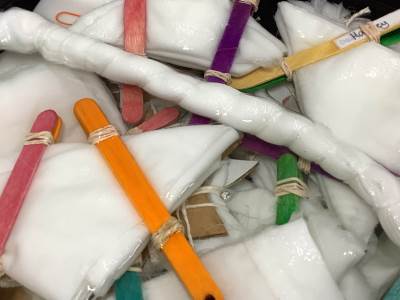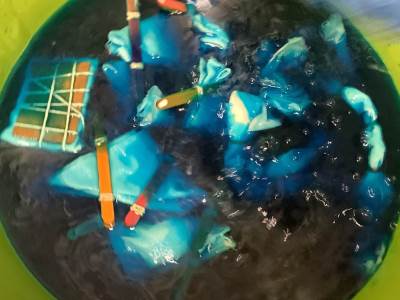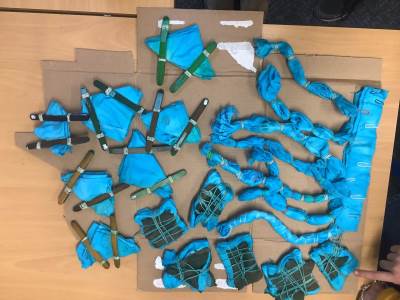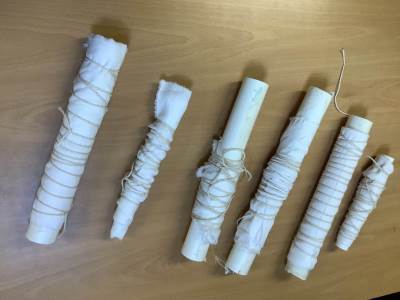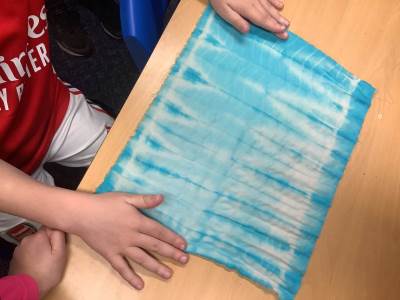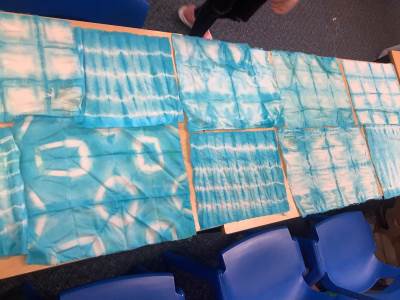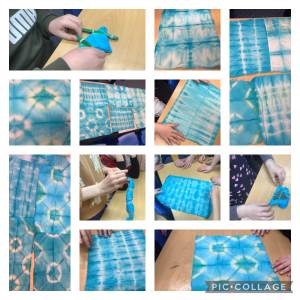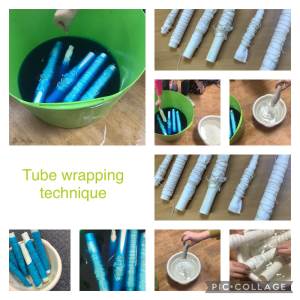Art Implementation: How we teach and learn...
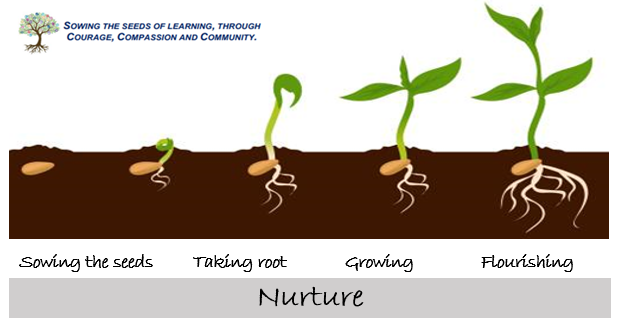
Teachers have a sound knowledge of the art processes they teach and where appropriate the subject specialist leads units of work across the phases. Support is given to staff through CPD. Units of work are presented to children using a mix of firsthand experiences, experimenting with new materials and techniques, and by exploring the work of others. Pupils use vocabulary for experts when talking about art and design and are encouraged to discuss and evaluate the creative process throughout their study. Pupils receive demonstrations led by the teachers, and or by visitors, where strategies and techniques are studied in detail. Pupils are given feedback during the art and design sessions, and where appropriate, small plenaries are held to demonstrate successful application of skills, or to assist with areas of difficulty. Staff work alongside the children demonstrating their own artistic ability throughout the process. A calm, safe environment is created, where children feel free to explore their ideas confidently. Where appropriate, links are made between previous units of work and experiences of style of art covered. For example: When completing a unit of work on pottery, the children will recall the methods used in the previous phase. Children will collate their work in sketchbooks, where the progression through the unit of work will be recorded. Information on Artists, Designers and Craftworkers will also be recorded in these books for future reference. During their time at the school, pupils will have the opportunity to develop and revisit skills in drawing, painting, design, sculpture, pottery or ceramics, textiles and printing. They will use a progression of skills in each area, as can be seen in our progression map. Throughout the year children will be able to work individually and collaboratively to form pieces of art for pleasure and for public display.
What Art teaching looks like in Key Stage 1:
It's always a treat to get to take the art lesson outdoors. In Beech class we experimented with colour mixing on the common.
What art teaching looks like in Key Stage 2:
Years 3 & 4 have been inspired by the work of Vivien Prideaux. They have been experimenting with the shibori tie-dye technique.
Shibori
Years 5 & 6 Have been completing an art unit inspired by the Australian Textile artist Elizabeth Armstrong. They combined a wet felting and half-felting technique to create a design. Later they embellished their work with embroidery.

